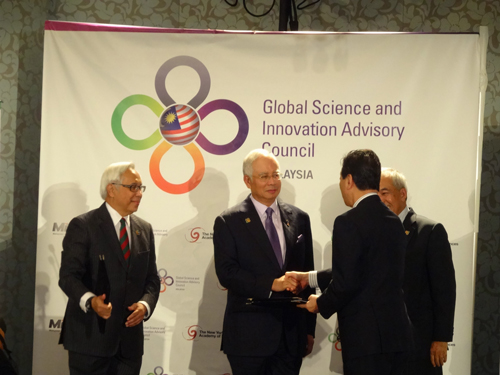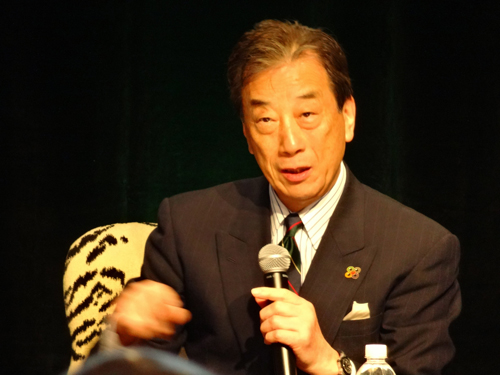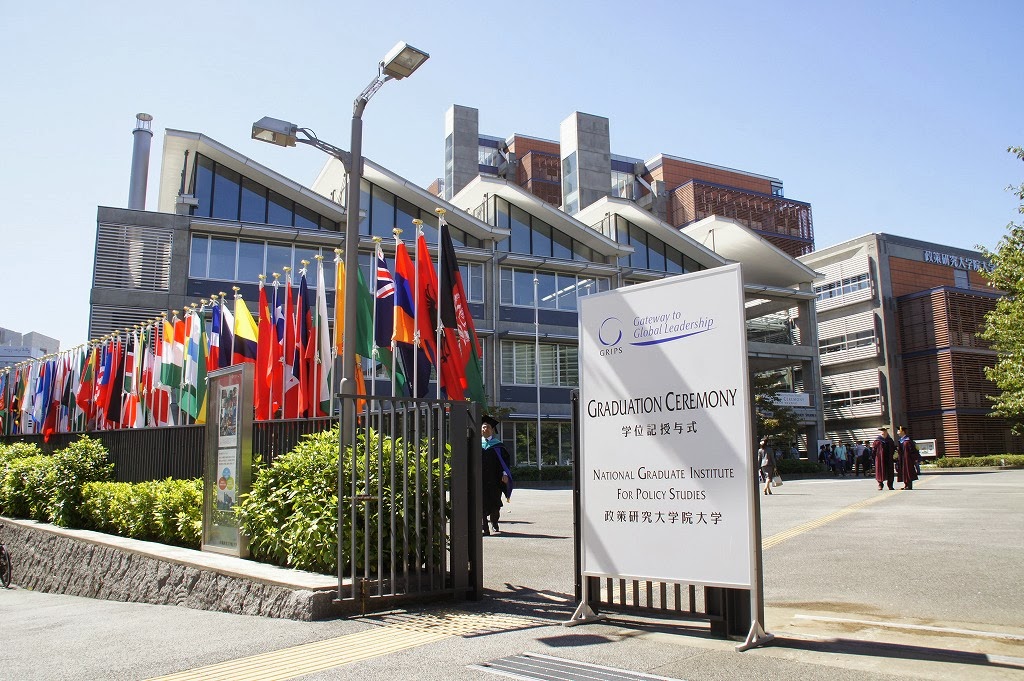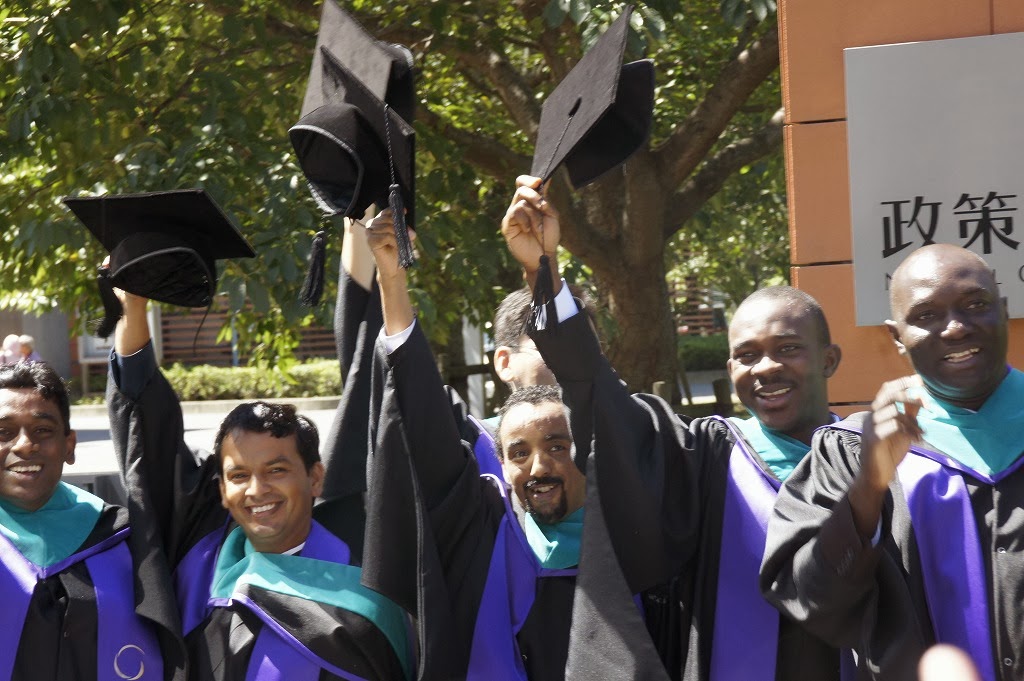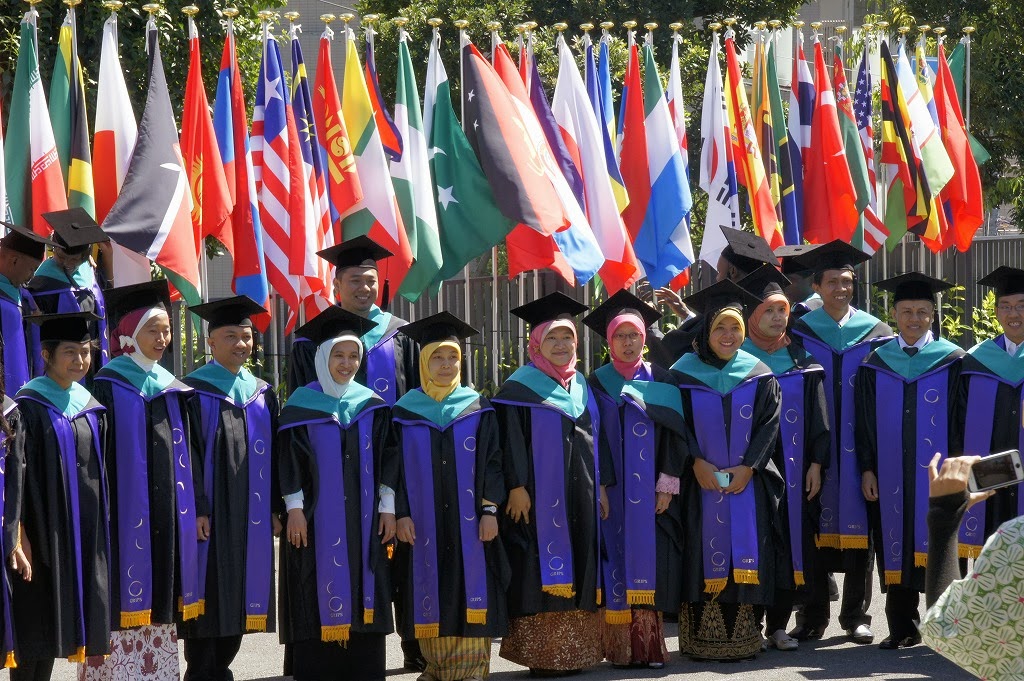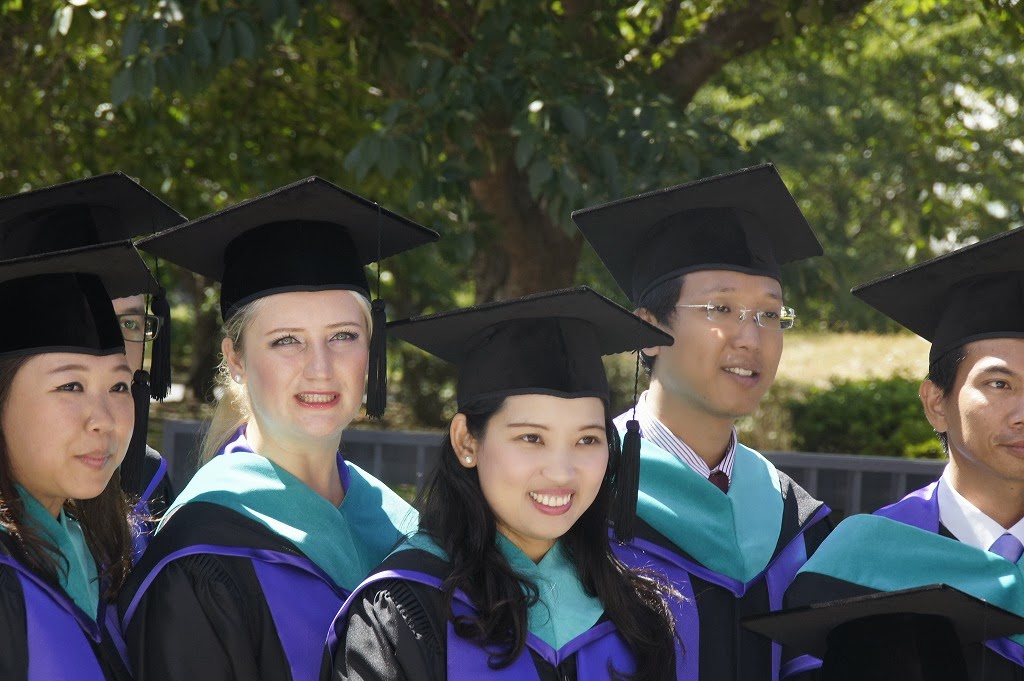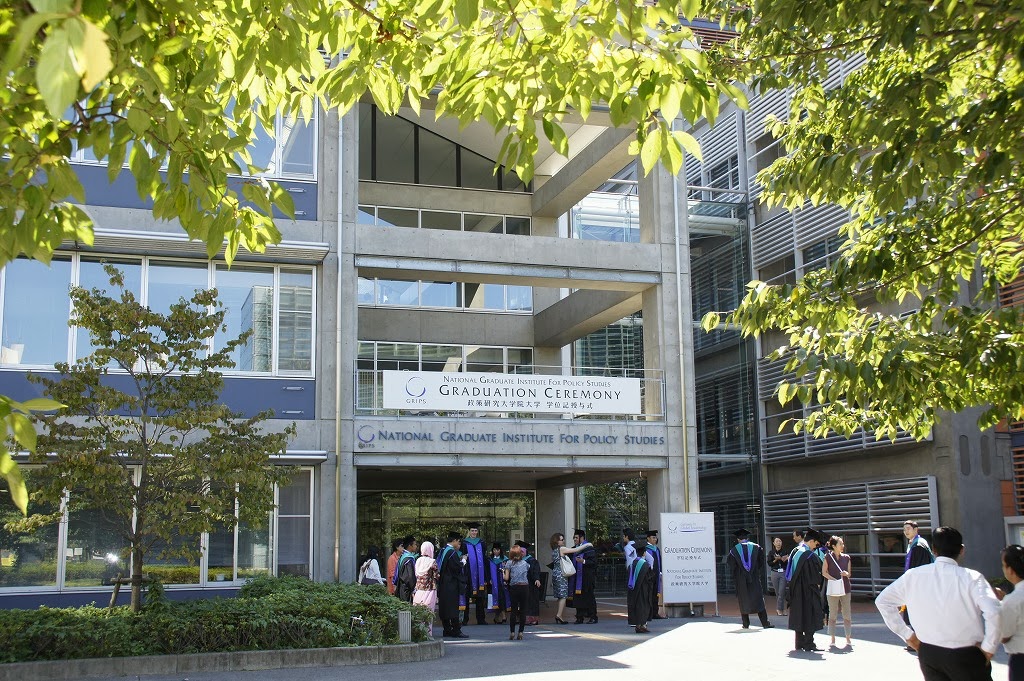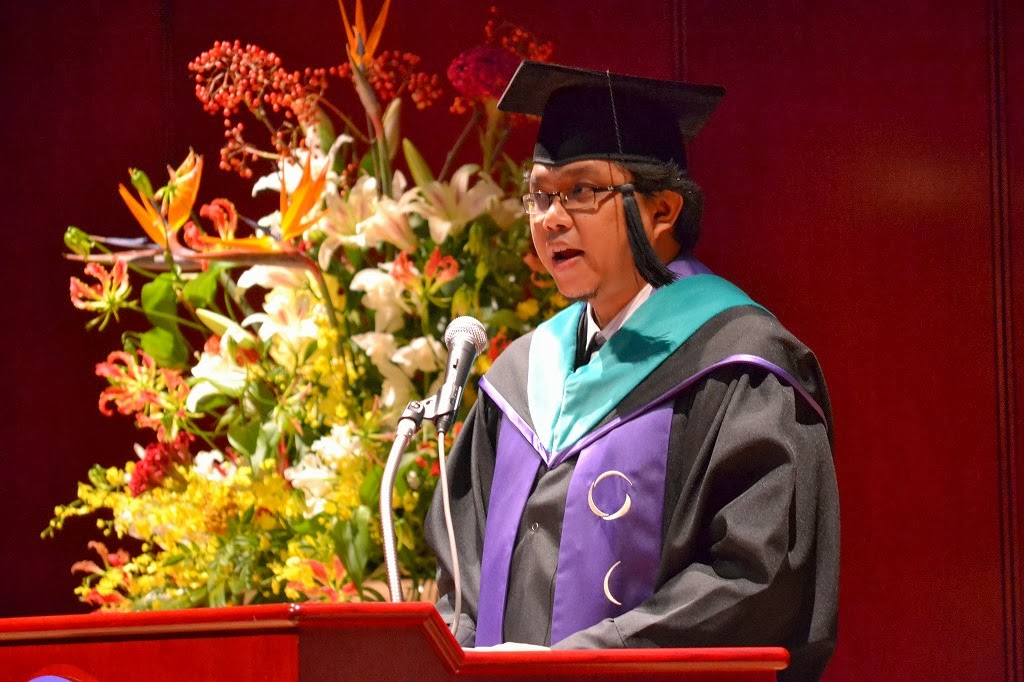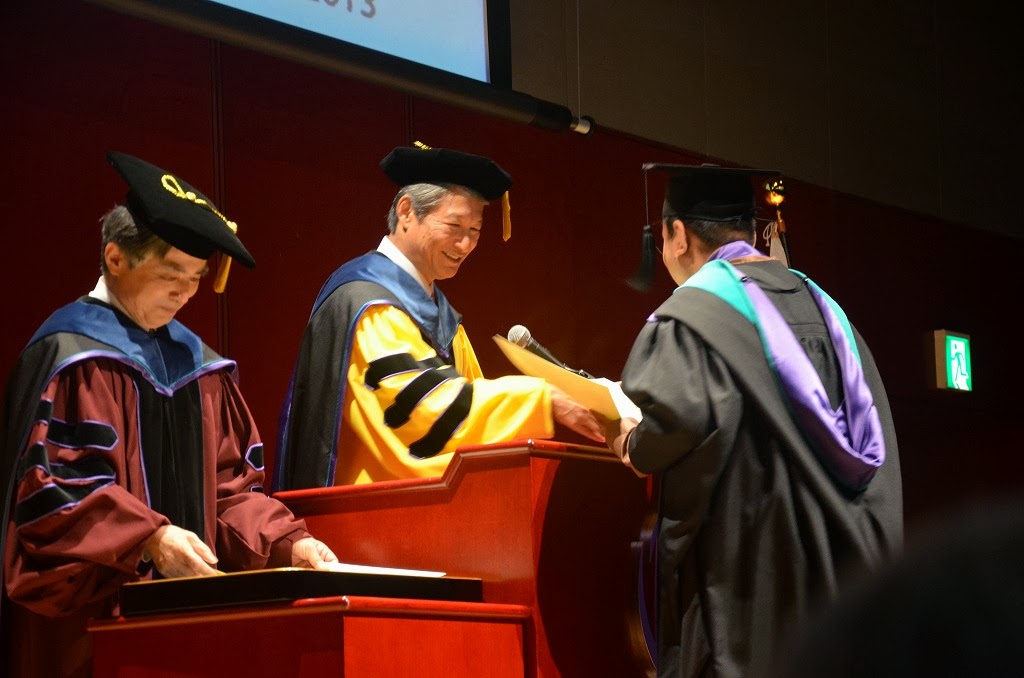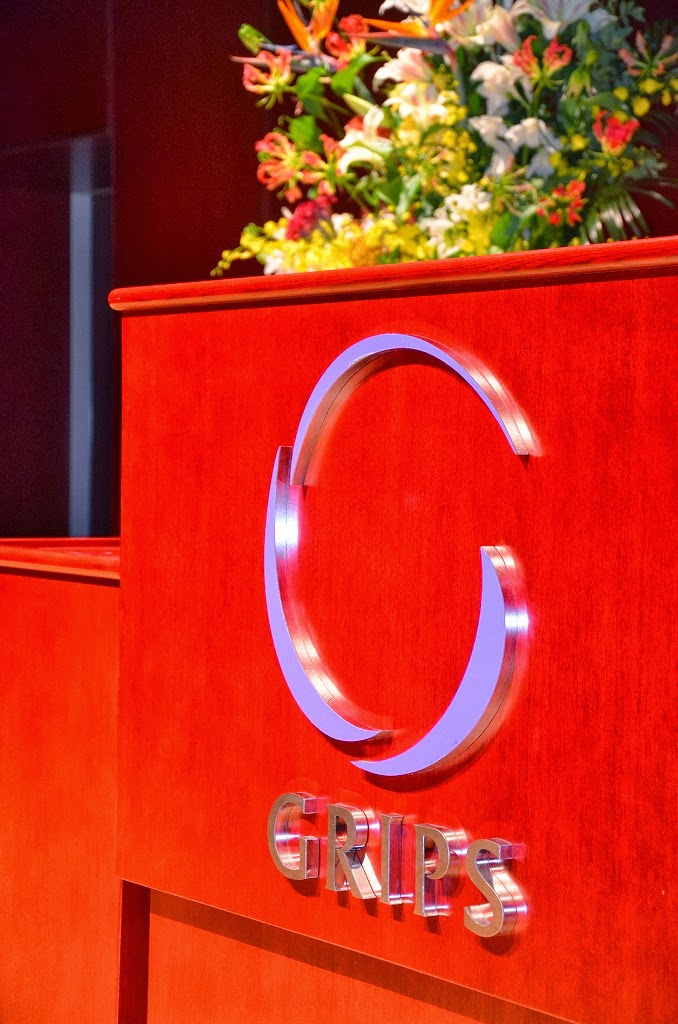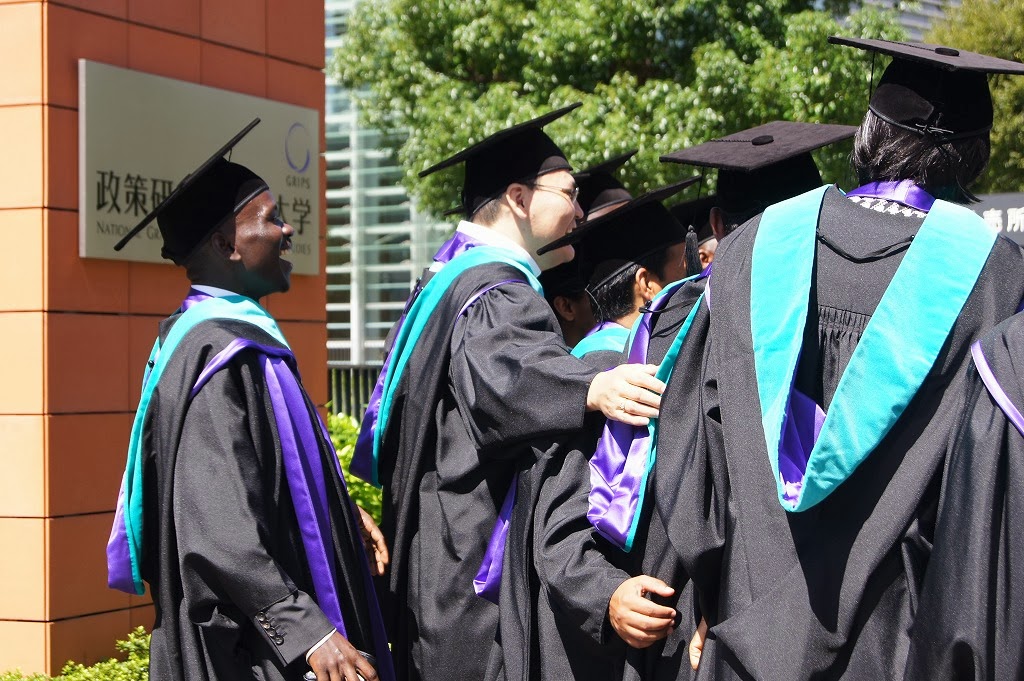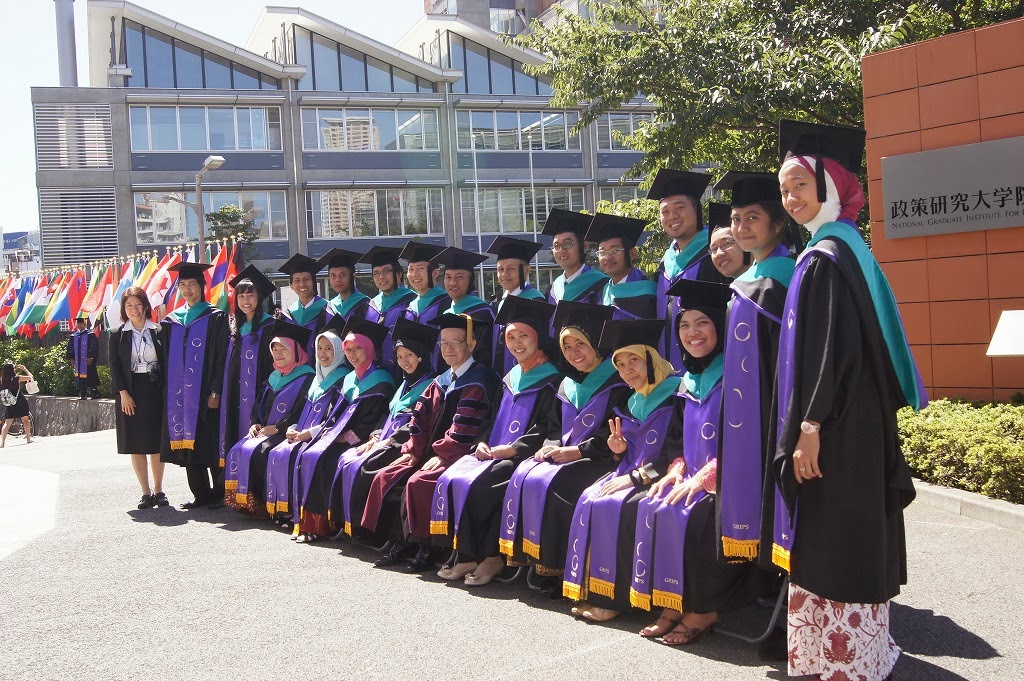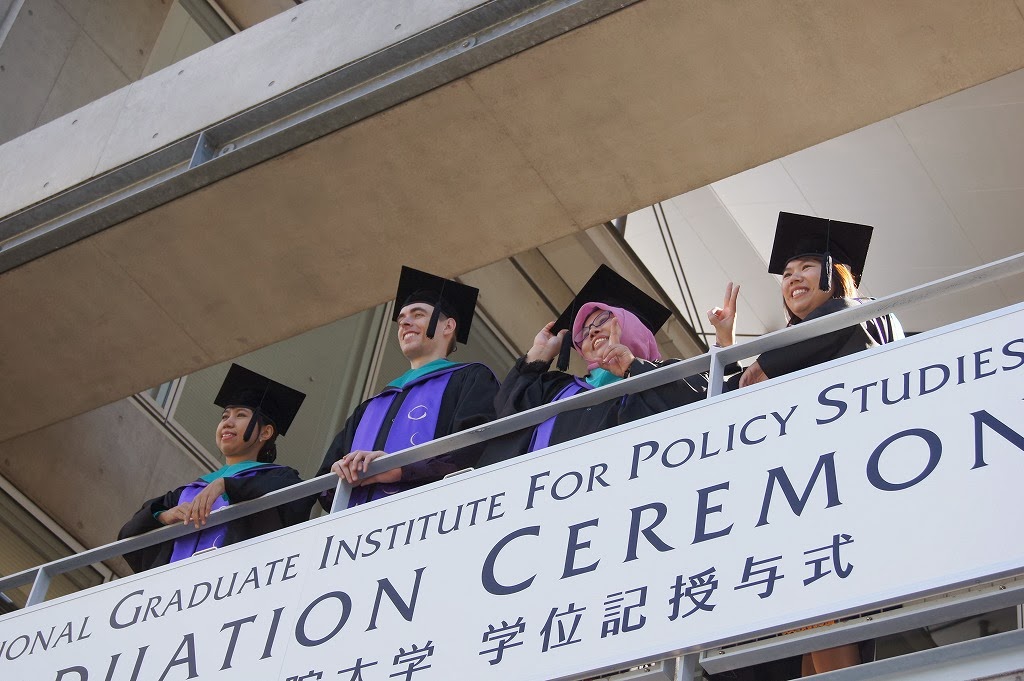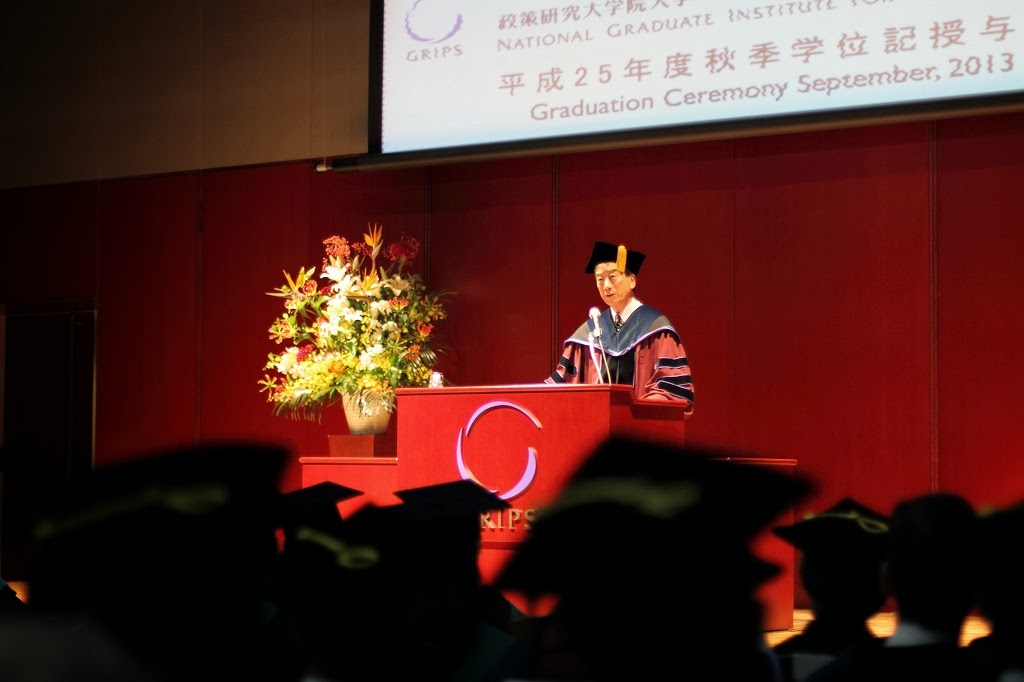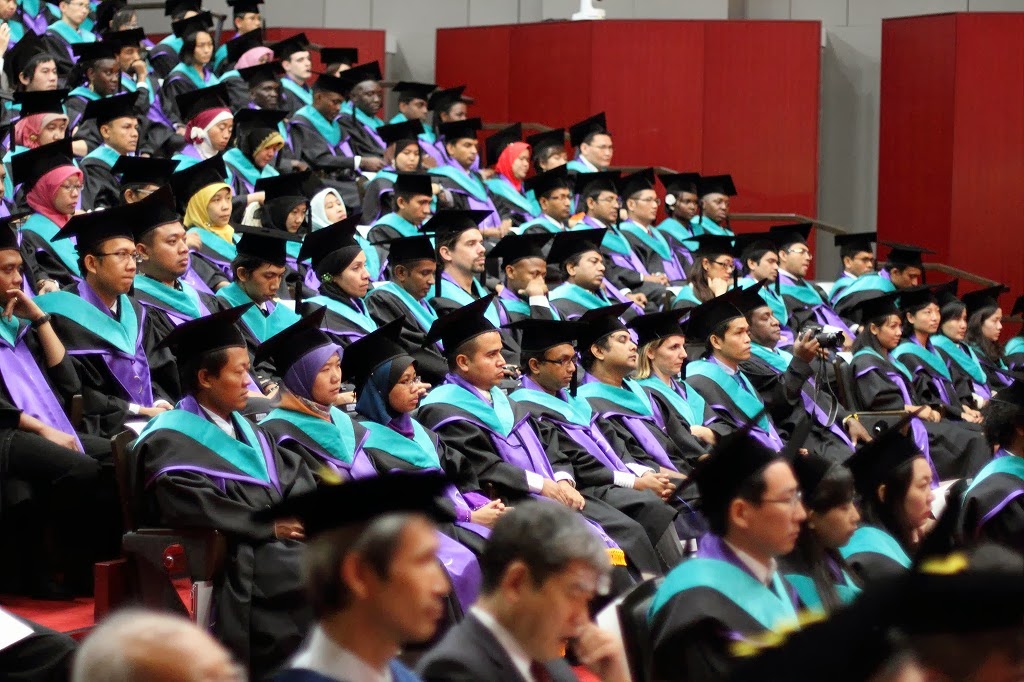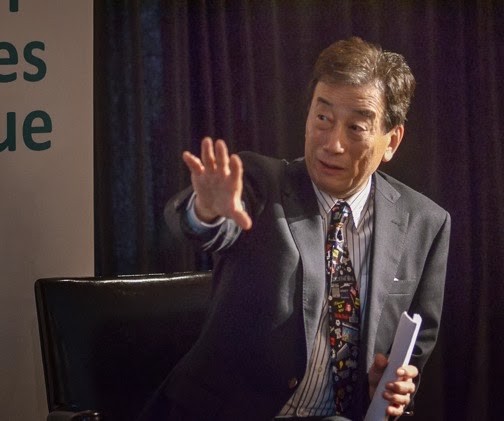→Japanese
After attending the Mansfield Foundation’s U.S.-Japan Nuclear Working Group convention, I flew to Okinawa to attend the meeting of the board of governors at the OIST.
It was to be a three days two nights meeting (the 2nd , 3rd and 4th of October), but because I was feeling not well, I returned to Tokyo on the second day and participated through video-conference on the 4th. Although there is still a lot left to be done, I feel that it is wonderful that we have accomplished so much in so little time. I feel that this tenth anniversary will mark some big changes as well.
The next day, the 5th, I participated in the Japanese Society of Nephrology’s ‘Panel Discussion For Gender Equality’ (link in Japanese), after which I headed to Kyoto for the STS forum (5th to 8th October). This event too was celebrating its tenth year in existence. With more than a thousand participants and with Prime Minister Abe giving the opening speech, the forum was off to a great start. I was on the panel for ‘Education and ICT (Information and Communication Technology)’. I met with many friends and colleagues at the forum, and I also had the good fortune of meeting people from the Qatar Foundation who were attending for the first time. We had the opportunity to have a conversation and I also managed to provide them with the names of some researchers who would be able to cooperate with them.
On the 8th, after returning from Kyoto, I had a dinner with an executive of a foreign capital enterprise, and on the 9th and the 10th, I was invited to the 35th anniversary celebrations of Oriental Giken, where I lectured and shared the stage with Ken Kornberg, the architect who designed OIST. Ken is the son of Arthur Kornberg, a recipient of the Nobel Prize in Physiology or Medicine, and Roger, one of his brothers is a Nobel Prize Laureate in Chemistry. Another brother Thomas is an outstanding scientist in the field of molecular biology.
The next day, I went to a discussion with the Liberal Democratic Party about the form that a new Nuclear Regulatory Commission would take. After this meeting, I headed to a workshop organized by IOCA, a group that I met at the summer course on Global Health organized by HGPI. This workshop was getting some good reviews from among various organizations, so I wanted to take a look.
At night, I was invited to the Swiss Embassy, where I met with Honorable Doris Leuthard, one of leading Swiss politicians who is the Minister of the Federal Department of Environment, Transport, Energy and Communications portfolio, and I talked about nuclear energy.
Again, I was busy as always, but if I am asked what I have accomplished, or what I have contributed, I would be forced to pause and think.









